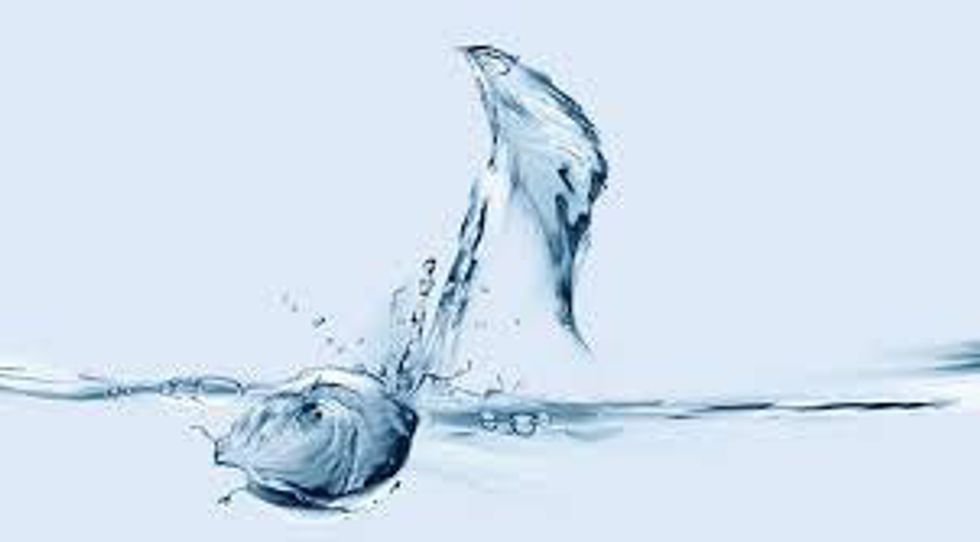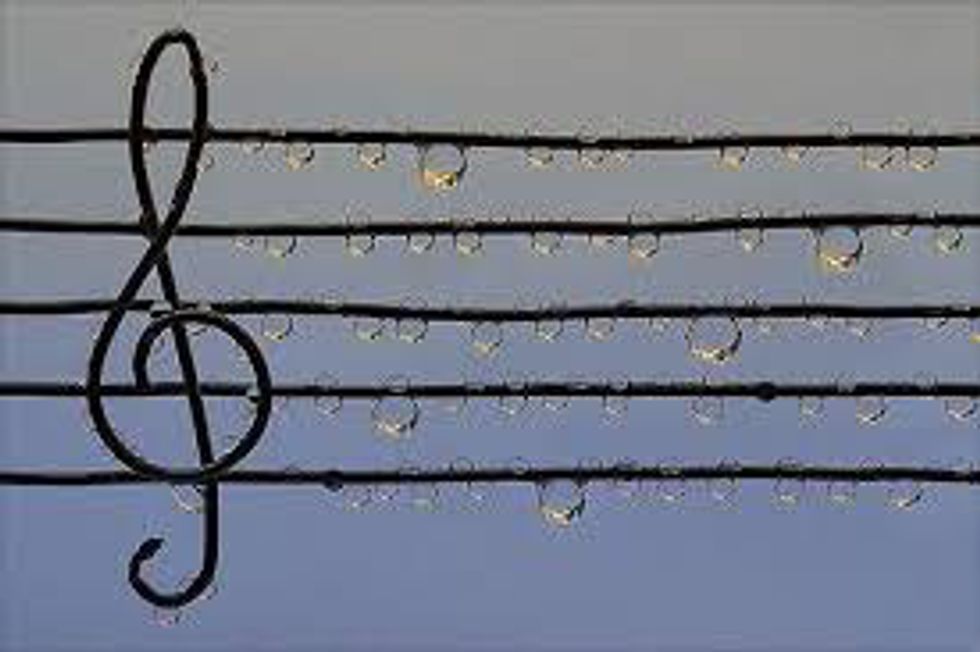The art of Water Music is something, which has a great emotional attachment to listeners and people who are composing the music. The connection is extremely dependent on your culture and how you have been engaged in music. Water is a sound source in itself, which just with a tiny water drop can produce a big effect in music. Water is an incredible and engaging system that through, rivers, fountains and the sea can inspire musicians to create motion and emotion. We are fascinated by water and music because of how precious and small it can be. However, it has a major effect and destruction on life. For example, a pin drop can be so small and fine however the ocean is so big and can be dangerous.
There are many composers whom have used water to produce music. This is mainly classical for example Beethoven Sixth symphony. This used the motion of water, which became more and more present with little notes allowing the music to serge forward. Wagner specializes his music with water and used very low horns coming to the top of the water with the wind instruments giving us the idea that the water is moving forward and giving the whirling sensation. On the radio it was said, "The sound of music is about motion -- you can’t observe it statically."
The way you listen to it is very important, and how you perceive water can effect what you are listening to. Charles Trenet composed the song La Mer, which is a very beautiful piece which is personally loved. He composed it during a difficult time in his life down in Eastbourne, England. The music uses a staccato approach, which means the notes are very detached. This creates emotion of how water can create motion.
According to Midge Ure, he suggested that ‘paradoxical effect of stimulation and relaxation’ is dependent on how server the water is and the motion for which it is producing. Water and music flow very well as they just flow and merge together. Usually when music is quiet and slow it is relating to a stream of a river flowing slowly. However, storms and waves crashing against the shore can increase the tempo and noise of the music.
Chopin’s piano pieces involve a piano with no symphonies or opera. However, they are technically challenging. His music can evoke rather stormy and loud outbursts, with changing tempo or rhythm for expression and emotion.
Water and music do relate to each other rather a lot. In Papua, New Guinea, they have used water as an actual physical presence in music for centuries. Water has been used in music all across the globe using different perspectives which capture many peoples attention.

























